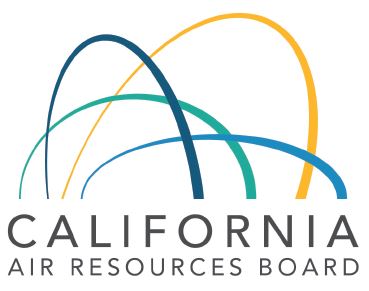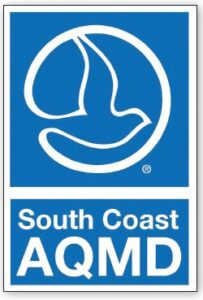Written on: November 1, 2022 by Doug Raymond
CARB
The new amendments to the California Air Resources Board (CARB) Consumer Product Volatile Organic Compound (VOC) regulation will become effective Jan. 1, 2023 for certain product categories. This means there are only two months (60 days) to have new formulations ready to be manufactured. Time is counting down.

SIP
As predicted in the last issue, the CARB Executive Board adopted its new 2022 State Implementation Plan (SIP) on Sept. 22. The SIP is the State’s plan to achieve the ozone standard of 70 parts per billion required by the U.S. Environmental Protection Agency (EPA) to meet the Federal Air Quality Standard.
The SIP has a Consumer Products element to it, as Consumer Products are targeted for 20 tons per day (TPD) emission reduction by 2037. The adoption of the SIP now puts pressure on CARB staff to research and develop a plan to achieve these reductions, making them even more active.
What can the aerosol industry expect? First, CARB will begin to conduct product category surveys to determine where staff can find these emission reductions. CARB staff needs to report to the Board by 2027 on how or if a 20 TPD reduction is feasible or if some lesser amount is feasible. Let us not fool ourselves; CARB staff will try to get the 20 TPD. Remember, this is the agency that just banned all new sales of combustion cars as of 2035.
CARB staff needs to report back to the Board by 2027. Seeing as it is now almost 2023, Industry has four years to work with CARB on how its staff plans to accomplish its goal. Four years may seem like a long time, but the time will pass quickly. Some questions are still not answered, such as whether staff will go to the 2027 Board hearing with a proposed rule or just a plan to be implemented from 2028–2037. If CARB plans to have a rule ready by 2027, it will be a difficult feat to accomplish.
For now, expect to deal with some surveys and supply CARB with other data on yet-to-be-determined product categories. Thus, 2023 should be an interesting year.
SCAQMD Rule 1168
The South Coast Air Quality Management District (SCAQMD) is amending its Rule 1168, which applies to adhesives, adhesive primers and sealants. Most aerosol products are exempt from this rule except for one-component foam sealants. The original proposal was for one-component foam sealant to have a VOC limit of 50 grams/liter (g/L) as of Jan. 1, 2023. SCAQMD did a technical review and is proposing to modify this limit and go to a mass-based limit for aerosols instead of the grams per liter limit (it’s about time). This new limit is proposed at 18% for one-component foam sealant by July 1, 2023.

Thus, after its review, SCAQMD staff is raising the VOC limit from 50 g/L to 18%—which is roughly 180 g/L. Also, SCAQMD is allowing six more months before the effective date.
This proposal is scheduled to be adopted by the SCAQMD Governing Board at a public hearing on Nov. 4, 2022. SPRAY